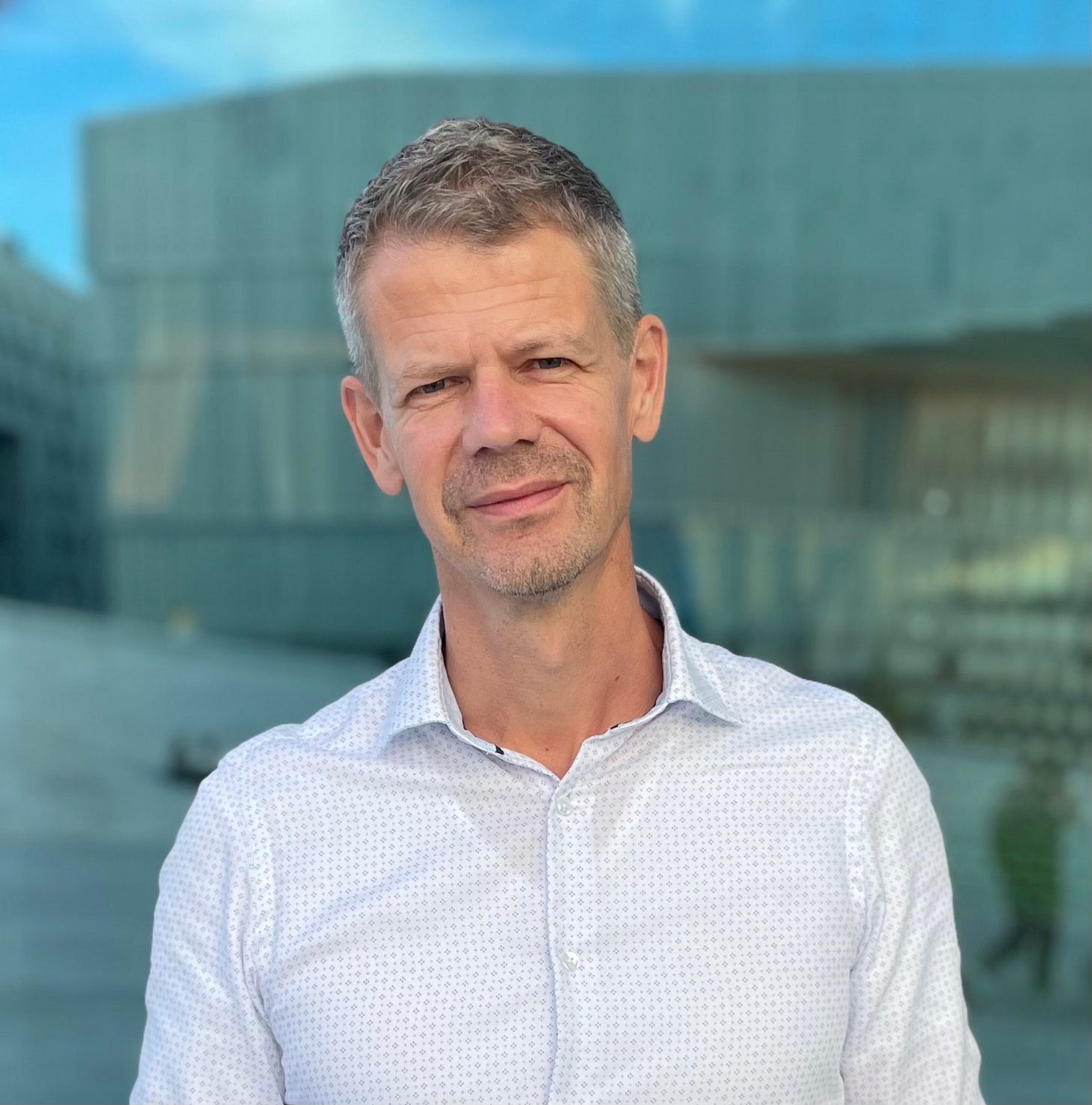Interview: Solve Sæbø - Bridging Neuroscience and AI
The Path to Enhanced Statistical Models and Responsible AI Practices
In the evolving landscape of artificial intelligence (AI), the convergence of neuroscience and AI represents a frontier with immense potential. Solve Sæbø, a researcher from the Norwegian University of Life Sciences (NMBU), drives forward innovative studies by exploring diverse scientific fields, emphasizing the multidisciplinary approach that shapes the current research narrative. Sæbø is one of the initiators of the NeuroAI special interest group in Norway, a network of researchers collaborating in the intersection of AI and neuroscience.
The interplay between neuroscience and AI has garnered significant attention. What are the fundamental challenges that this convergence seeks to address?
There is a pressing need for AI systems that perform efficiently and align with ethical standards akin to human decision-making processes. Our approach integrates insights from psychology, neurology, philosophy, ethics and how we interact as a society, to refine AI algorithms from the ground up, rather than making retrospective adjustments. This represents a shift towards architectures that closely mimic human neurons' interaction.
There is an interesting notion in your work about AI being “predictive machines”. How does this perspective influence your research?
At its core, survival and adaptation, whether in biological entities or AI, hinge on the ability to predict and react to changes in the environment. Our research draws parallels between the Predictive Coding Theory (PCT), Bayesian statistics and human cognitive processes, suggesting that enhancing predictive capabilities could lead to systems that are more efficient, robust and intuitive.
The intersection of AI and neuroscience brings about profound ethical considerations, especially concerning data integrity and the potential biases in algorithm design. By fostering a responsible research ethos and advocating for transparency in AI development, we aim to ensure that these technologies benefit society at large without compromising individual rights or autonomy. This is one of the research questions we address in a proposition for a new AI centre in Norway.
Looking forward, what do you believe is the next breakthrough in AI and neuroscience research?
The future likely holds a breakthrough in interdisciplinary collaborations that will bring even more sophisticated AI models. These models would not only excel in tasks traditionally reserved for humans, such as creative problem-solving and intuitive decision-making but also operate under stringent ethical guidelines that mirror our societal values.
Through this rich dialogue filled with different perspectives across biology, mathematics and psychology, Solve Sæbø connects the dots! It becomes evident that the fusion of AI with neuroscience is not just about advancing technology, but about steering these advancements to resonate with the foundational aspects of human intelligence and creative nature. The potential for these technologies to transform various sectors is immense, provided they are guided by a balanced hand of innovation and ethical responsibility.
For a deeper dive into Solve Sæbø's work, explore our previous post “The Limits of Artificial Creativity” or browse the complete list of publications here.




